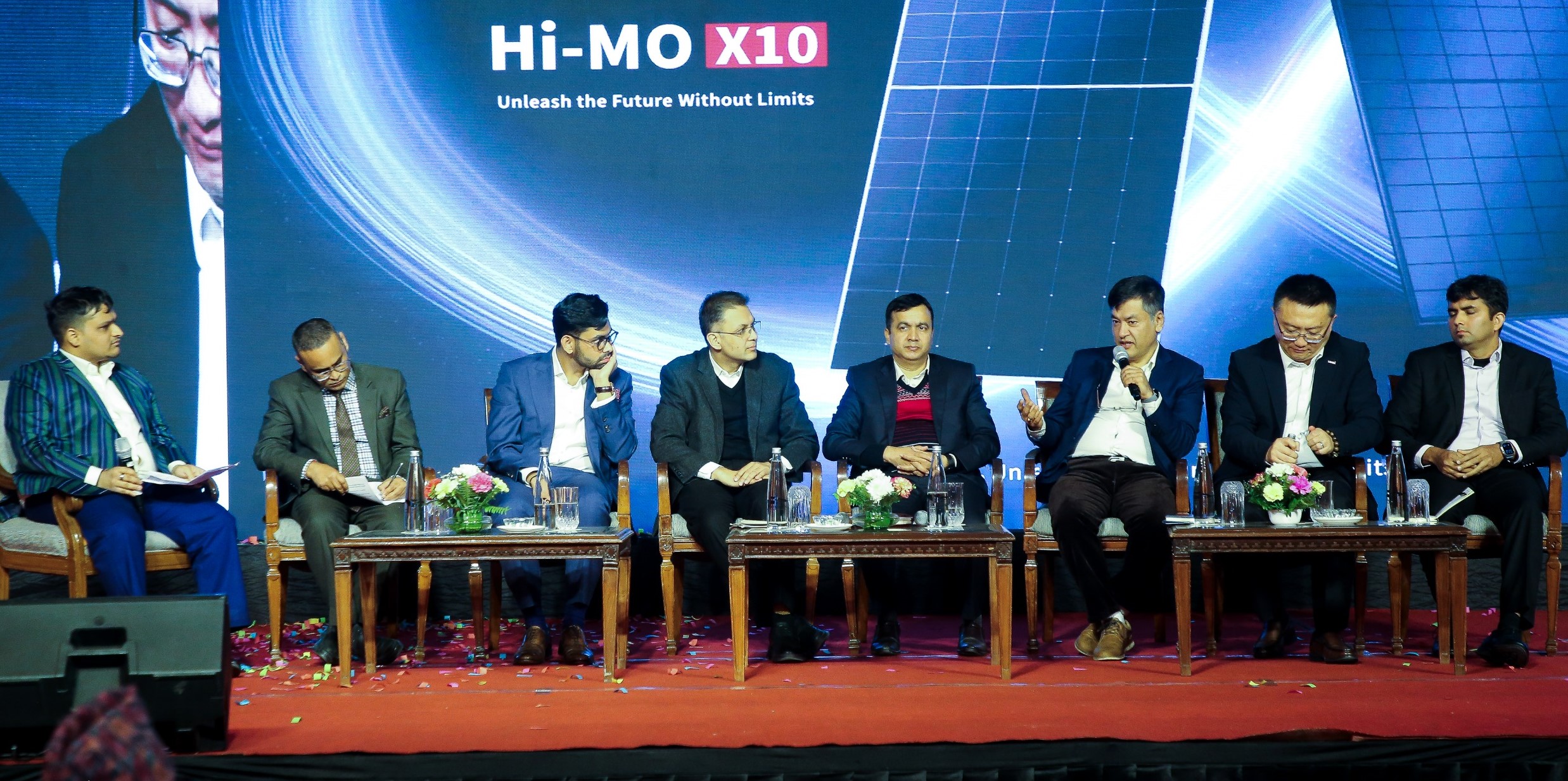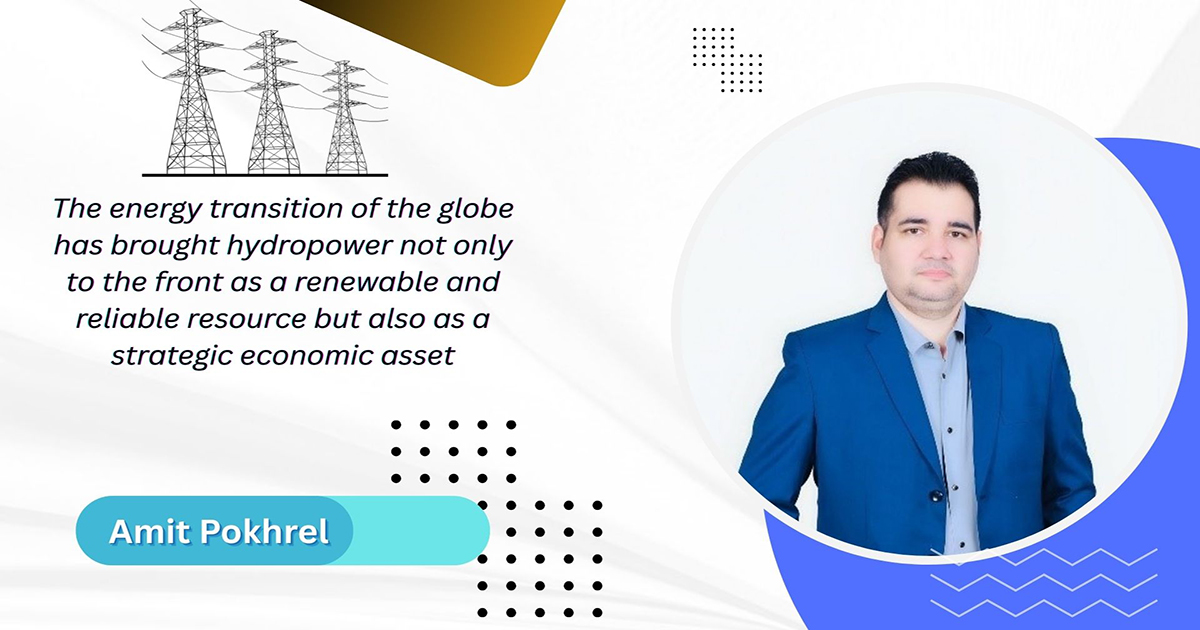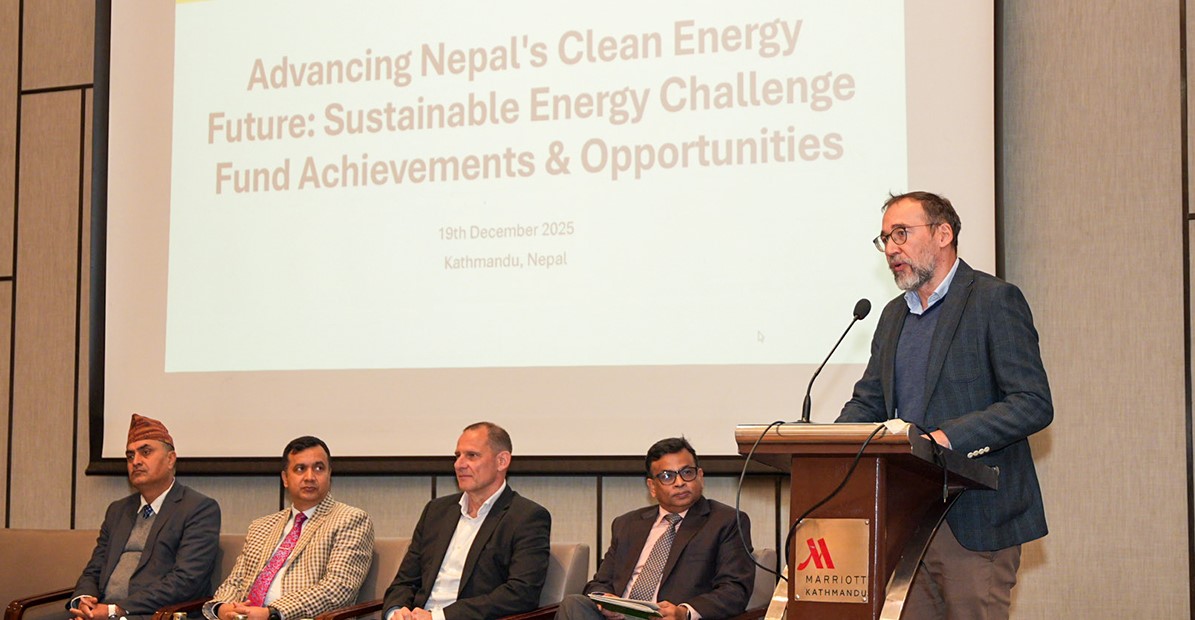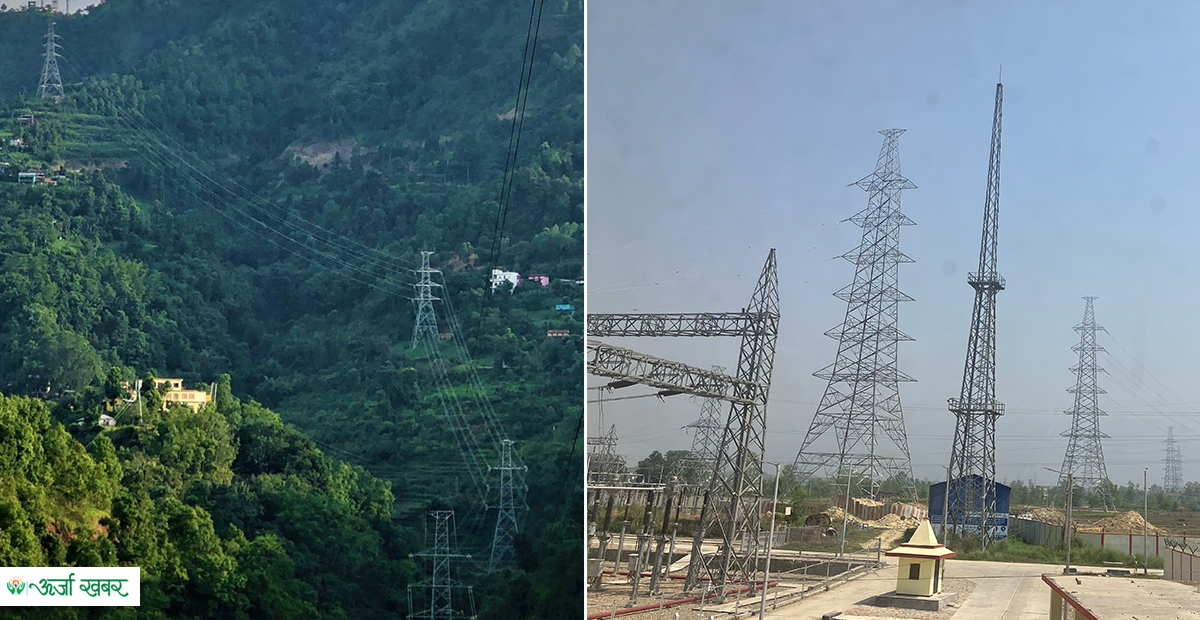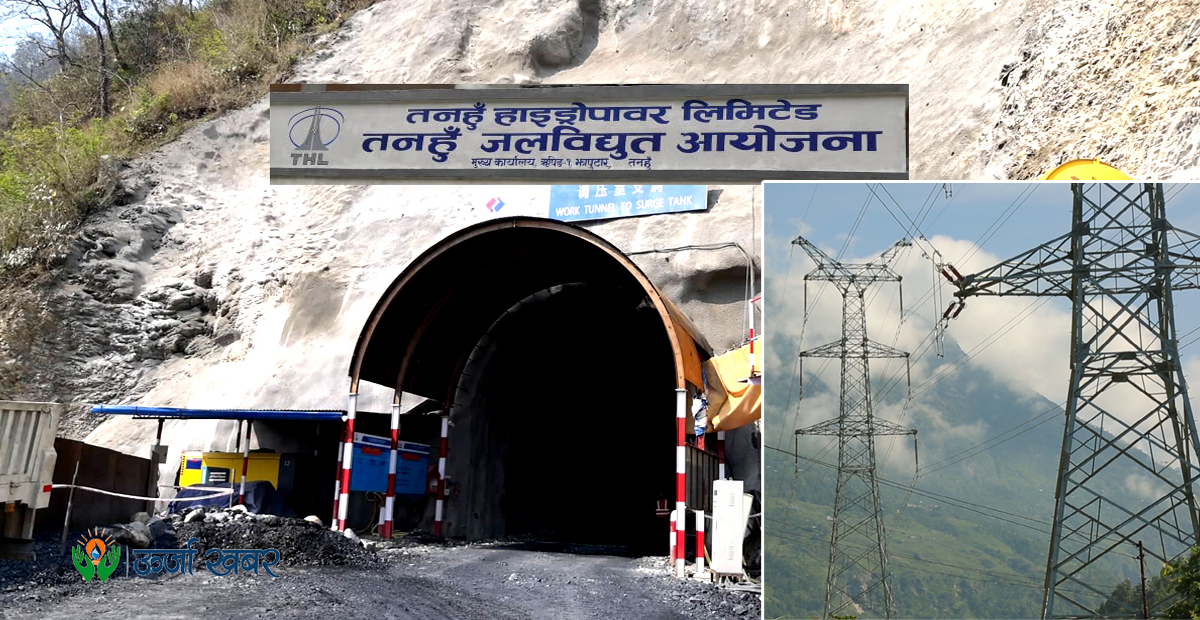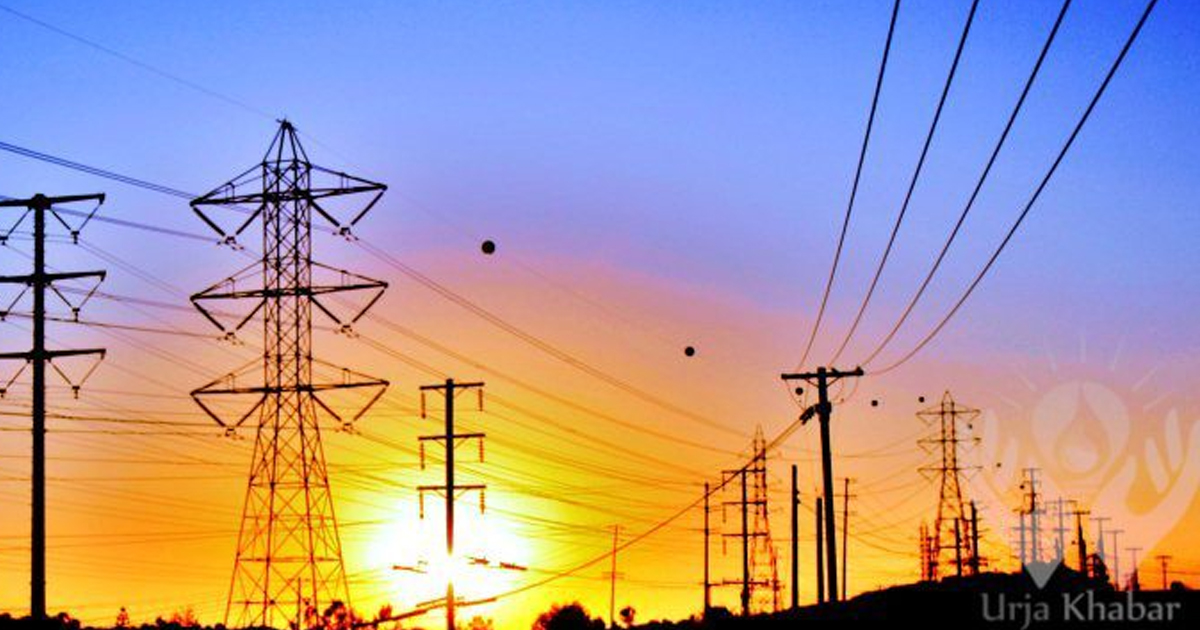Energy Update
NEA puts on hold numerous applications for PPA, IPP look to produce 11,000 MW of electricity
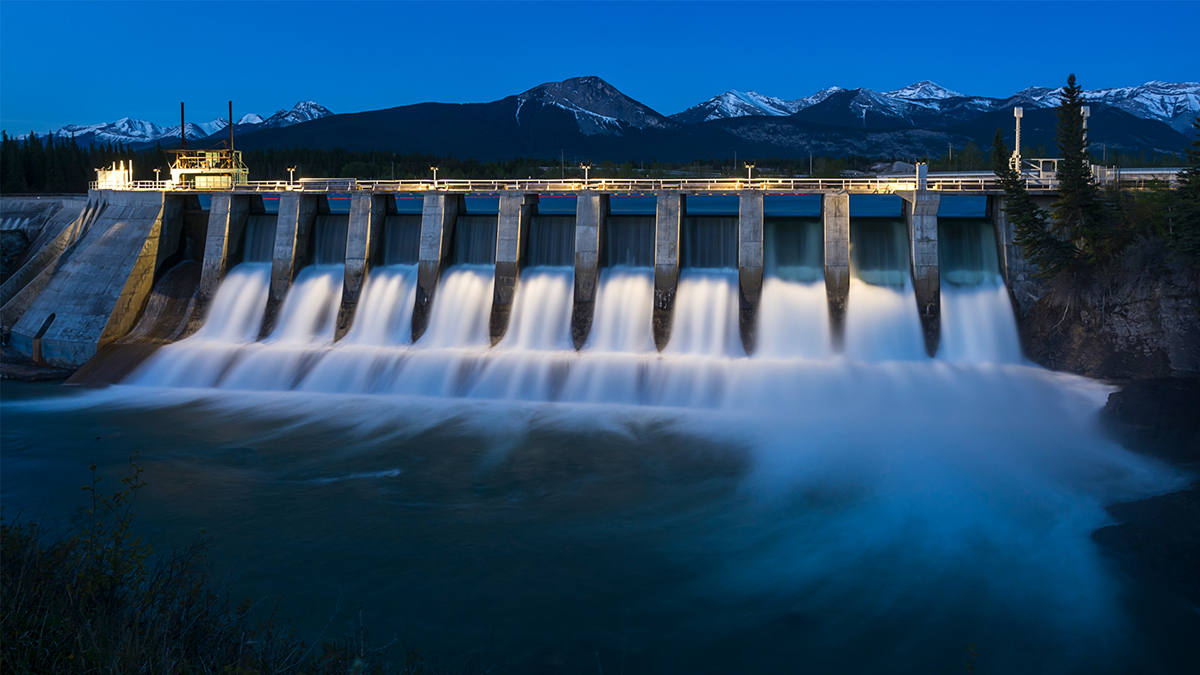
KATHMANDU, The private sector power producers have applied at the Nepal Electricity Authority (NEA) to carry out the power purchase agreement (PPA) to produce a total of 11,000 MW of electricity.
According to the Power Trade Department of the NEA, projects related to hydropower, solar energy and wind energy have sought to produce 11,391 MW of electricity in different districts. Of them, 42 percent of projects are run-of-river (RoR); 47 percent are peaking run-of-river (P-RoR); seven percent are storage projects and the remaining three percent are related to solar energy.
The NEA has stopped signing PPA for the past three years. The state-owned power utility, showing pretext for the government achieving a 10-year target of producing 15,000 MW, has suspended PPA for new projects for the past three years. The Cabinet meeting held on June 28, however, decided to allow permits to PPA for 1,500 MW (10 percent of 15,000 MW).
Despite the government’s decision, the NEA has turned reluctant to move forward due to a lack of clarity on whether the government would take additional expense burden after the NEA signs PPA with private power producers. The quota, as fixed by the Cabinet decision, is 40-45 percent for RoR projects; 25-30 percent for P-RoR; 20-25 percent for storage and 5-10 percent for alternative sources.

On May 8, 2018, the government published a White Paper on Present Status and Future Roadmap of Energy, Water Resources and Irrigation, which fixed 30-35 percent of quota for RoR projects, which made 5,250 MW on average. In the new provision, the government has switched 10 percent of the quota from storage and pump-storage projects to the RoR projects.
Prabal Adhikari, director of the Trade Department of NEA, said the government’s decision to resume PPA is not clear. The government statement talks on just adopting policies to impose the ceiling for the development of mixed energy, according to Adhikari.
The NEA has hinted that it will not be assuming the risk of carrying out the PPA of RoR projects due to unclear government policy. So far, the power utility has conducted PPA with 357 energy projects with a capacity to produce 6,366 MW of electricity. Of them, projects with 3,300 MW capacity are under construction.
Currently, Nepal’s electricity production capacity has reached 2,264 MW, out of which 2,190 MW is grid and 74 MW is off-grid types. Of the projects connected in the national grid, NEA and its subsidiary companies produce 658 MW and 478 MW of electricity, respectively, while the private sector contributes 1,054 MW. An estimated 800 MW of electricity is projected to be added to the system by the end of fiscal year 2022/23.
According to the NEA, the country will be able to export 600 MW of electricity to India in next year’s rainy season. By the end of fiscal year 2023/24, the export is expected to reach 1,296 MW. Last year, the southern neighbor permitted Nepal to export up to 364 MW of electricity. NEA has projected to increase power exports by up to five-folds (totaling of 2,456 MW) in the next four years.

Conversation
- Info. Dept. Reg. No. : 254/073/74
- Telephone : +977-1-5321303
- Email : [email protected]






